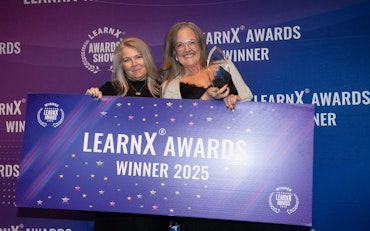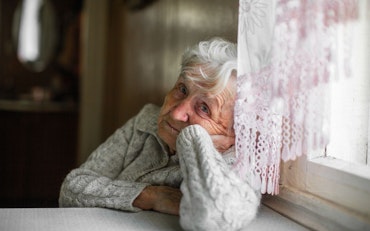Continue to protect the skin you’re in
Australia still has one of the highest rates of skin cancer in the world. According to Cancer Council Australia, 2 in 3 Australians will be diagnosed with skin cancer by the age of 70 and more than 2,000 Australians die from skin cancer each year.

As we age our skin becomes more delicate and it’s still important to take precautions (Source: Shutterstock)
Data from Cancer Council’s recent National Sun Protection Survey reveals just 44 percent of Australian adults wear a hat when exposed to UV on summer weekends, down from 48 percent in 2003.
As we age our skin becomes more delicate and while some older people may think ‘the damage has already been done’ and are lax with their sunscreen, is still important to take precautions.
Studies have shown the skin’s ability to attract special protective immune cells to damaged areas, such as when the skin has been sunburnt, has been reduced. As we get older skin won’t be able to heal as well as it used to, making it increasingly vulnerable to infections and cancer.
And although skin cancer affects people of all ages, the majority of people affected are older adults between the ages of 65 and 85. It is often not until later in life, with years of accumulative sun exposure, that skin cancer presents.
Australasian College of Dermatologists’ President Associate Professor Chris Baker says dermatologists regularly treated skin cancers that could have been easily prevented through proper sun protection.
“Dermatologists see a lot of skin cancers on the face, ears, head and neck,” he says. “These skin cancers are particularly concerning because they can arise quickly and are more difficult to treat. Surgery is the most common treatment, with visible scarring often unavoidable.”
Other treatments include topical therapy for some early skin cancers through to radiotherapy and chemotherapy for more advanced cancers. “Sadly, we don’t always get them in time,” he says.
Prof Baker also urges Australians to keep a close eye on their skin, know what normal spots they have and to keep a watch for any changes.
“It’s important to remember that skin cancer can be prevented and, if detected early, can often be successfully treated,” he highlights.
“If you notice any changes in size, shape or colour of an existing spot, or the development of a new spot, you should get it checked as soon as possible.”

Older adults should continue to look after their delicate skin and limit sun exposure to prevent further damage.
One of the most successful sun protection messages from Cancer Council – the Slip! Slop! Slap! Campaign – is still going strong.
It first launched nearly 40 years ago and has played a key role in changing community attitudes and behaviour towards sun safety over the last few decades.
Sid the Seagull is still on our screens reminding us how to stay sun-safe, but the message has been expanded to Slip! Slop! Slap! Seek! Slide!:
- Slip on sun protective clothing that covers as much of your body as possible.
- Slop on SPF 30 or higher broad-spectrum, water-resistant sunscreen, at least 20 minutes before sun exposure. Reapply every two hours when outdoors or more often if perspiring or swimming.
- Slap on a broad-brimmed hat that shades your face, neck and ears.
- Seek shade.
- Slide on sunglasses.
Find out more visit www.sunsmart.com.au
DPS Publishing CEO David Baker is doing his bit to raise money for cancer research. From Saturday he’ll take on the Beat Cancer Tour in Adelaide, cycling almost 1000km in one week – the same as the professionals in the Tour Down Under.
Please sponsor David Baker in his 2017 Beat Cancer Tour ride. Every dollar raised is matched by the State Government and the Universities and all of the money is spent on valuable research.











